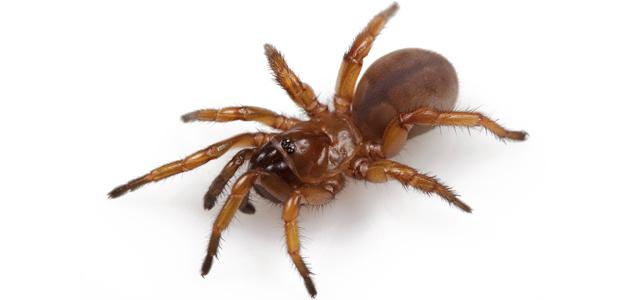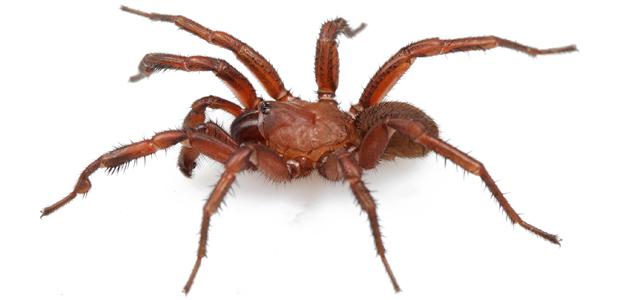Known as Myrmekiaphila tigris and called the Auburn Tiger trapdoor spider – for the Auburn University tiger mascot – researchers found the creature in the most unlikely place – their own neighborhood!
The trapdoor spider named after Neil Young has a new addition to its family tree.
Known as Myrmekiaphila tigris and called the Auburn Tiger trapdoor spider – for the Auburn University tiger mascot – researchers found the creature in the most unlikely place – their own neighborhood!
“I took a quick look and thought it was another species, Myrmekiaphila foliata,” Jason Bond, study co-author and director of the Auburn University Museum told Science-Fare.com. “When we started looking under the microscope and at some illustrations, we realized it was very different morphologically.”
The most pronounced change researchers found was on the tip of the spider’s pedipalps– their first two, short appendages. Known as the palpal bulb, it’s modified in male spiders to transfer sperm.
“In Myrmekiaphila they’re quite distinctive from species to species,” Bond said.
The male’s first pair of walking legs are also unique, researchers say. Besides being physically different, they’ve also got their own unique set of spines that form the mating clasper – it’s used to hang onto the female while the male deposits its sperm.
“Both the pedipalps and the mating clasper are things that interact with the female during mating, so they tend to be very species specific,” Bond said.
In order to confirm their visual inspection, researchers sequenced a section of the genome and compared it to the other 11 known species of Myrmekiaphila.
“We were very excited to see something we thought was different,” Bond said. “But, I still felt like we needed a second, more objective, line of evidence.”
All members of the genus Myrmekiaphila are found throughout the eastern United States. They’re very reclusive, spending nearly all of their time in underground burrows made from silk and dirt – of course, they’re finished off with a hinged trapdoor.
Sensing prey vibrations when they get near the trapdoor, the spider jumps out and delivers a venomous bite before it drags its spoils back into the burrow.
When males reach sexual maturity, which usually happens between the ages of five and six, and between November and December, they leave their burrow to find a female and can be spotted trolling down the street – or drowned in neighborhood pools.
Females are even more reclusive and leave their burrow even less.
Living up to 20 years, they live in more complex burrows, with multiple trapdoors. They’re slightly bigger, but both the males and females are only a few centimetres long.
The research was published in the latest issue of the journal, ZooKeys.
Create an account so you can engage in the conversation – we’d love to hear from you!
Science Fare Media’s new! Check out our Facebook page and tell your friends!
Follow us on Twitter @ScienceFare
 Science Fare Media Science News – Upgraded
Science Fare Media Science News – Upgraded



